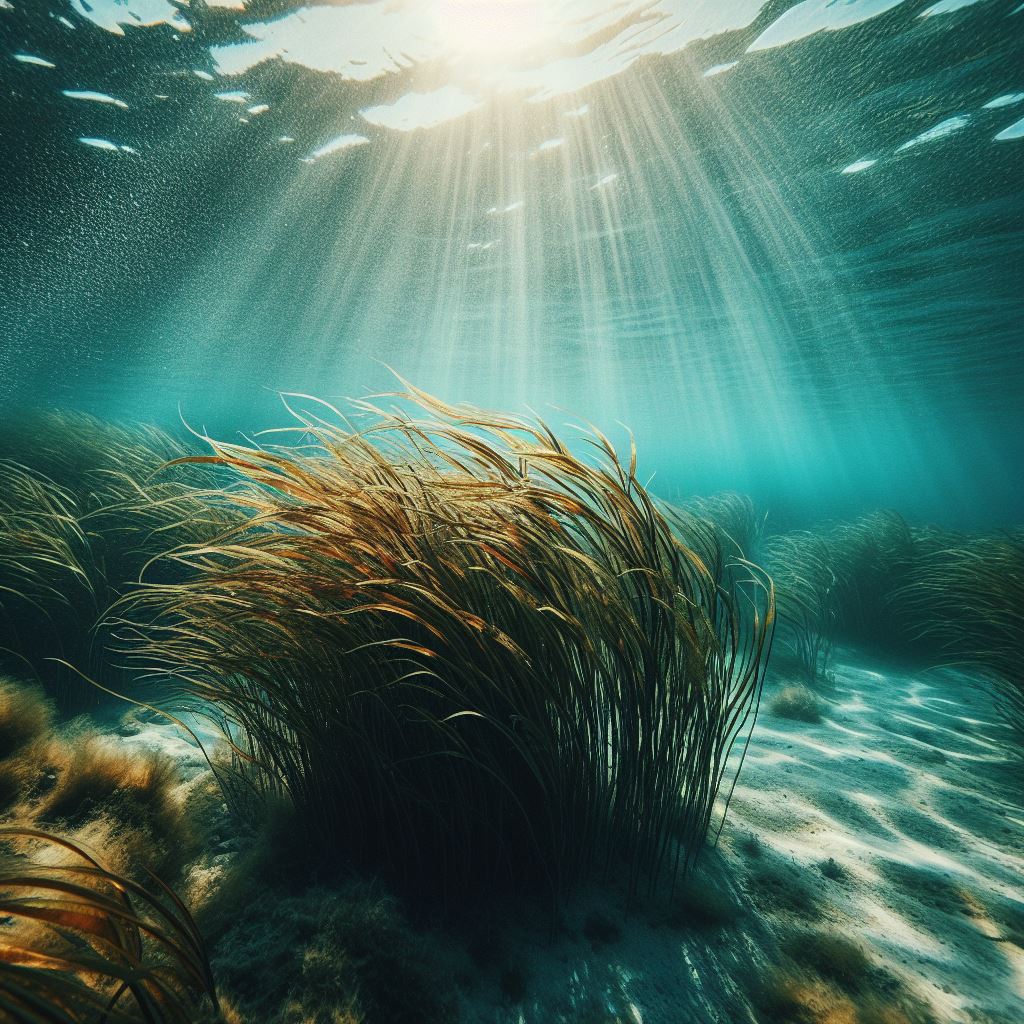By: Rochana Weerasingha; Mohd Khairul Amri Kamarudin and Mohd Salleh Kamarudin
Moderated for Web By: Farah Izana binti Abdullah
Marine fish oils are the major lipid source in larval fish diets. Saturated fatty acid contents of hybrid larvae fed canola, sunflower seed oil and soybean oil increased while the total saturated fatty acids (SFAs) level in diets containing canola, sunflower seed oil and soybean oil remained at low percentages. Levels of eicosapentaenoic acid in larvae fed linseed oil were higher than 1%. Disadvantages of using fish oil include unnecessary cost rises for fish larvae and its vulnerability to oxidation.
High contents of n-3 long-chain PUFAs which are common in marine oils are sufficiently available in some vegetable oils. Crude palm oil gave the highest survival for hybrid larvae while other oils gave significantly lower survival.
Marine fish oils are the major lipid source in larval fish diets even though fish oil supply is limited and pricey. Disadvantages of using fish oil include unnecessary cost rises for fish larvae and its vulnerability to oxidation. The attention has increased to full or partial substitutions of fish oil in fish feeds with a special emphasis on long-chain polyunsaturated fatty acids (PUFAs). High contents of n-3 long-chain PUFAs especially docosahexaenoic acid (DHA) and eicosapentaenoic acid (EPA) which are common in marine oils are sufficiently available in some vegetable oils indicating that these oils may be used in larval fish diets. Rapid developing neural tis sues in fish larvae highly requires DHA.
An experiment was conducted and results shown that Hybrid lemon fin barb larvae accepted all diets well during the experiment. Weight gain and specific growth rate (SGR) of larvae fed diets containing crude palm oil and linseed oil were significantly higher (p < 0.05) than Parameter Survival (%). Crude palm oil gave the highest survival for hybrid larvae while other oils gave significantly lower survival except for sunflower oil. The results of our previous study showed that survival and growth of hybrid larvae fed crude palm oil were, similar to those of larvae fed fish oil. It was reported that dietary crude palm oil and linseed oil perform for the growth of brood Nile tilapia and dietary linseed oil reduces the growth of juvenile Malaysian mahseer while crude palm oil and sunflower oil perform well.
Dietary linseed oil reduces the growth of silver barb Barbonymus gonionotus fingerlings compared to those fed fish oil. Dietary crude palm oil and linseed oil gave the best growth for larval hybrid lemon fin barb while other oils especially dietary soybean oil reduced their growth. Soybean oil performs as well as palm oil for the growth and survival of tilapia Oreochromis niloticus
Web: https://doi.org/10.1016/j.aqrep.2022.101181

Date of Input: 24/05/2023 | Updated: 19/06/2023 | s_humaira
MEDIA SHARING





























